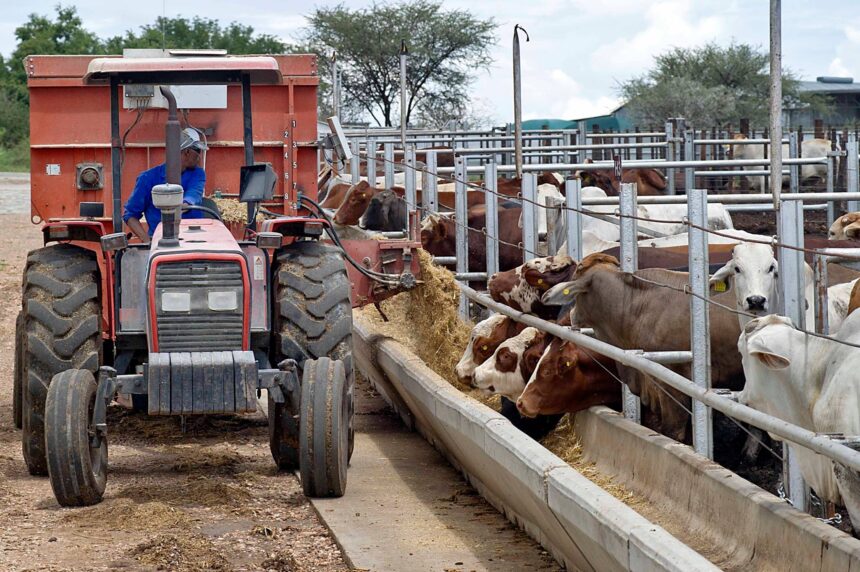Despite a 29.72% decrease in overall exports on a year-on-year basis, South Africa remains one of Namibia’s single largest cattle export markets.
This accounts for the majority of over 11 000 heads of cattle that were exported to various destinations between December last year and now.
On a year-on-year basis, Namibia exported over 11 000 cattle in December 2024, which marks a 29.72% decrease from over 15 573 cattle exported in December 2023.
Still on a year-on-year basis, particularly the figures of live cattle exports, the country observed a 29.76% decline in overall export volumes when compared to December 2023.
“The exports decreased by 41.73% from the 8 152 cattle exported in November to 4 751 cattle heads exported during December 2024. South Africa absorbed the majority of cattle (weaner) exports from Namibia, while reduced quantities were exported to Zimbabwe and Botswana,” reads a Market Watch Report by the Livestock and Livestock Products Board of Namibia.
Cattle imports from Namibia mainly consist of weaner calves, which are destined for feedlots in South Africa.
General output
For the better part of last year, overall cattle marketing increased by a marginal 1.5%, which saw 99 451 cattle being marketed when compared to 98 016 heads recorded during the corresponding quarter of 2023.
The growth recorded is attributed to improved throughput in export approved abattoirs during the last quarter of last year that increased by 23.3%.
Also worth noting is that the Northern Veterinary Cordon Fence (VCF) export-approved abattoirs performed relatively well during the third quarter of 2024.
The Rundu abattoir slaughtered 1 017 animals, while Katima Mulilo abattoir slaughtered 957 animals.
Regrettably, the demand for local weaners by South African feedlots and farmers declined during December 2024, leading to a subsequent decline in the number of animals exported on hoof.
On the meat trading front, beef exports totalled 6 667 811 kilogrammes (kg) during the first two months of the third quarter of 2024, growing by 60.8% and bringing total beef exports to various destinations at 17 635 903 kg, which is 66.2% higher than the 2023 level.
Of that, the European Union market absorbed 50.2% of total beef exports from Namibia, while South Africa, United Kingdom and Norway took up 22.7%, 16.4% and 8.3%, respectively, as top destinations.
World appeal
In the global context, Namibia’s red meat industry is equivalent to the proverbial grain of sand in the desert.
The 1.2 million cattle in Namibia’s herd represents less than a quarter percent of the global herd, which amounted to 1 billion in 2022.
The production of beef worldwide was estimated to amount to 59 million tonnes in 2022.
Due to Namibia’s nominal share of global beef production, it is imperative for the country to focus on selected niche and premium markets for its high-quality products.
Even though agriculture’s contribution to the country’s gross domestic product (excluding the fishing sector) over the last five years has been just under 5%, it remains one of Namibia’s most important sectors.
Most of Namibia’s population is dependent directly or indirectly on the agricultural sector for their livelihoods.
Livestock farming contributes to approximately two-thirds of Namibia’s annual agricultural production, with crop farming and forestry making up the remaining one-third.
-ohembapu@nepc.com.na


